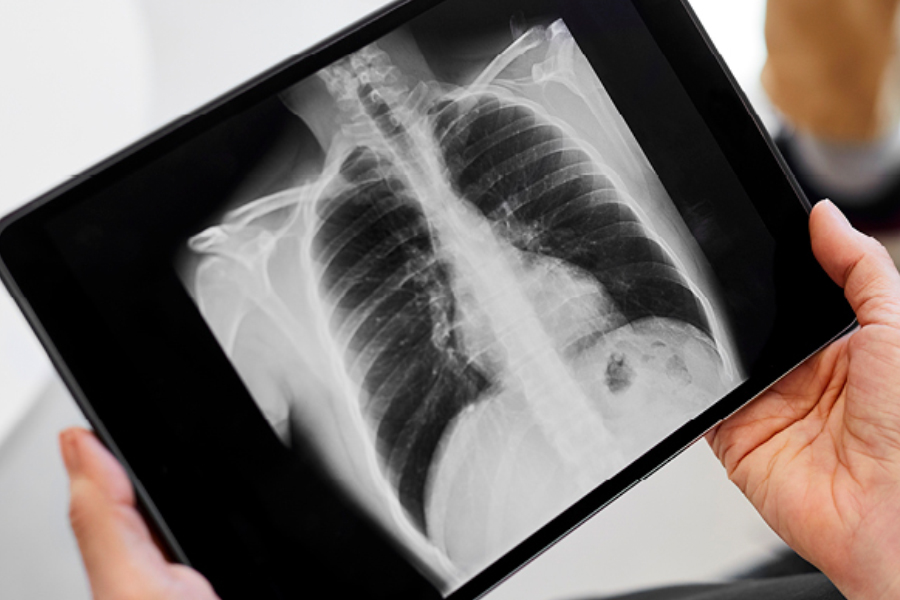Lung Cancer in Men

Lung cancer is a disease developed from the growth of abnormal lung cells. This is the result of a variety of conditions, including exposure to cigarette smoke or other pollutants. If left untreated, this disease can spread to other body parts and cause serious health problems.
When lung cancer is detected, tests are done to determine the type of cancer and its stage. The stage is an indication of how far cancer has spread. It helps healthcare professionals decide what treatment options are available and how they will affect the patient. For example, radiation therapy can treat the tumor, and chemotherapy may be prescribed to reduce the symptoms. However, all of these treatments have adverse effects, so it is essential to know what to expect.
There are three main types of lung cancer, adenocarcinoma, large-cell carcinoma, and squamous-cell carcinoma. Each type is characterized by the type of cells involved and the growth rate. In addition, the size of the tumor can vary.
Although smoking is the most common cause of lung cancer, other factors can also contribute. For example, the presence of asbestos can cause mesothelioma. These cancers often occur decades after an individual has been exposed to asbestos. They also tend to affect the pleura, a lung protective membrane.
Other factors that can contribute to lung cancer include having a history of lung infections, having a family history of lung cancer, and contracting diseases linked to smoking.
Symptoms of lung cancer can range from coughing to shortness of breath. To detect lung cancer, healthcare professionals will conduct a physical exam. They will ask about a patient’s lifestyle and risk factors. They may also perform a lung biopsy. A lung biopsy is a procedure in which a tissue sample is taken to check for cancer.
The American Cancer Society reports that males are the most common lung cancer victims, accounting for about 80 percent of all deaths from the disease. Among men, cigarette smoking is the most common risk factor for lung cancer. Men who quit smoking can often delay the onset of the disease.
There are several treatments for lung cancer, each with its side effects. Patients looking for lung cancer treatment in the Philippines may undergo surgery, chemotherapy, or radiation therapy, depending on the type of cancer. Chemotherapy is designed to kill rapidly growing cells, while radiation therapy is designed to minimize damage to healthy cells.
Surgery can be a good option for patients with early-stage cancer. Often, surgery is performed through a bronchoscope, a thin scope with a camera on end. An experienced surgeon can use this procedure to remove a portion of the lung.
During chemotherapy, drugs are taken orally or intravenously. These medications are designed to target the tumor’s rapidly growing cells and relieve its symptoms. Treatment may also involve drainage of fluid in the chest.
Get more information about lung cancer with the infographic below from Hope From Within:
Leave a reply
You must be logged in to post a comment.












